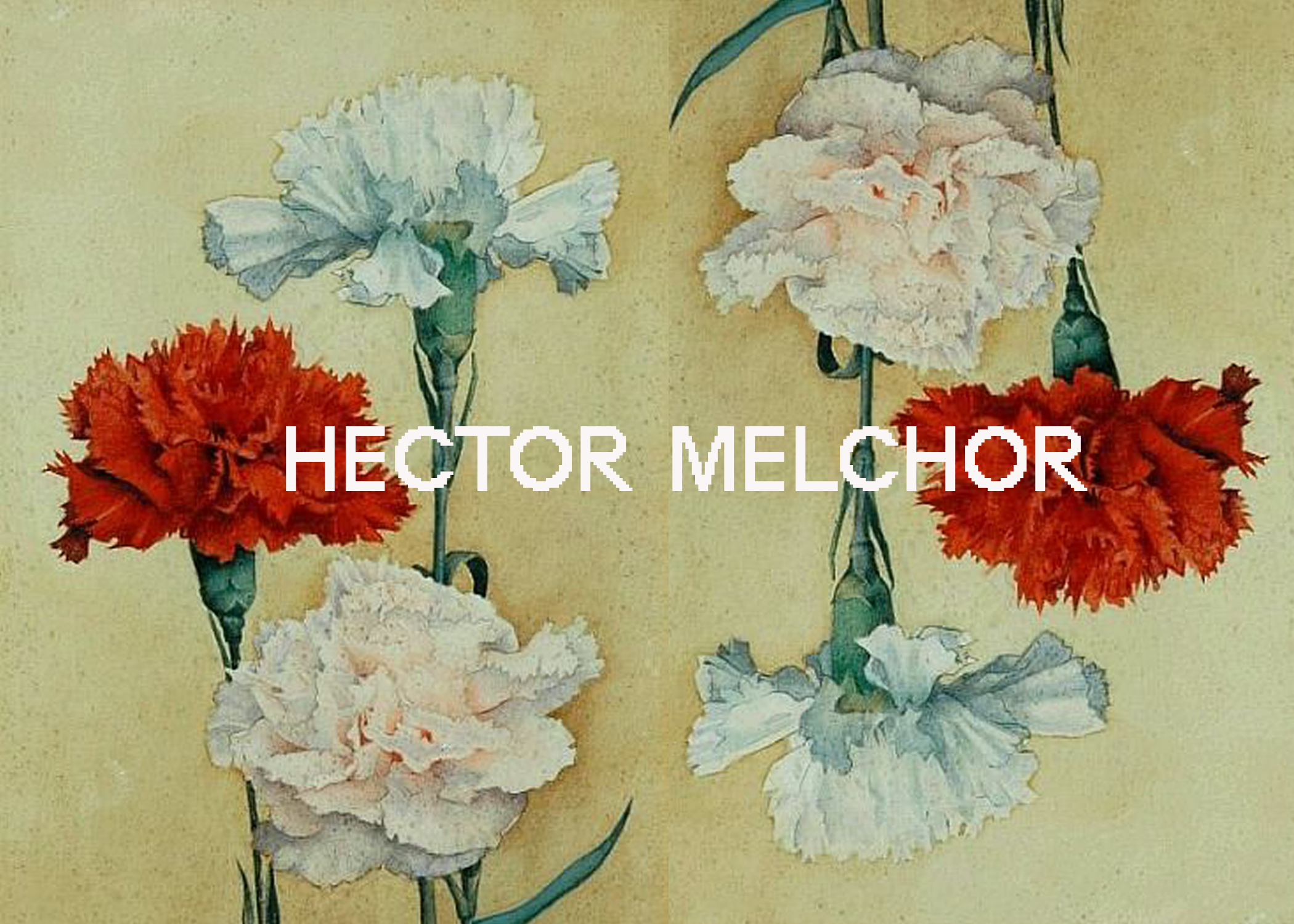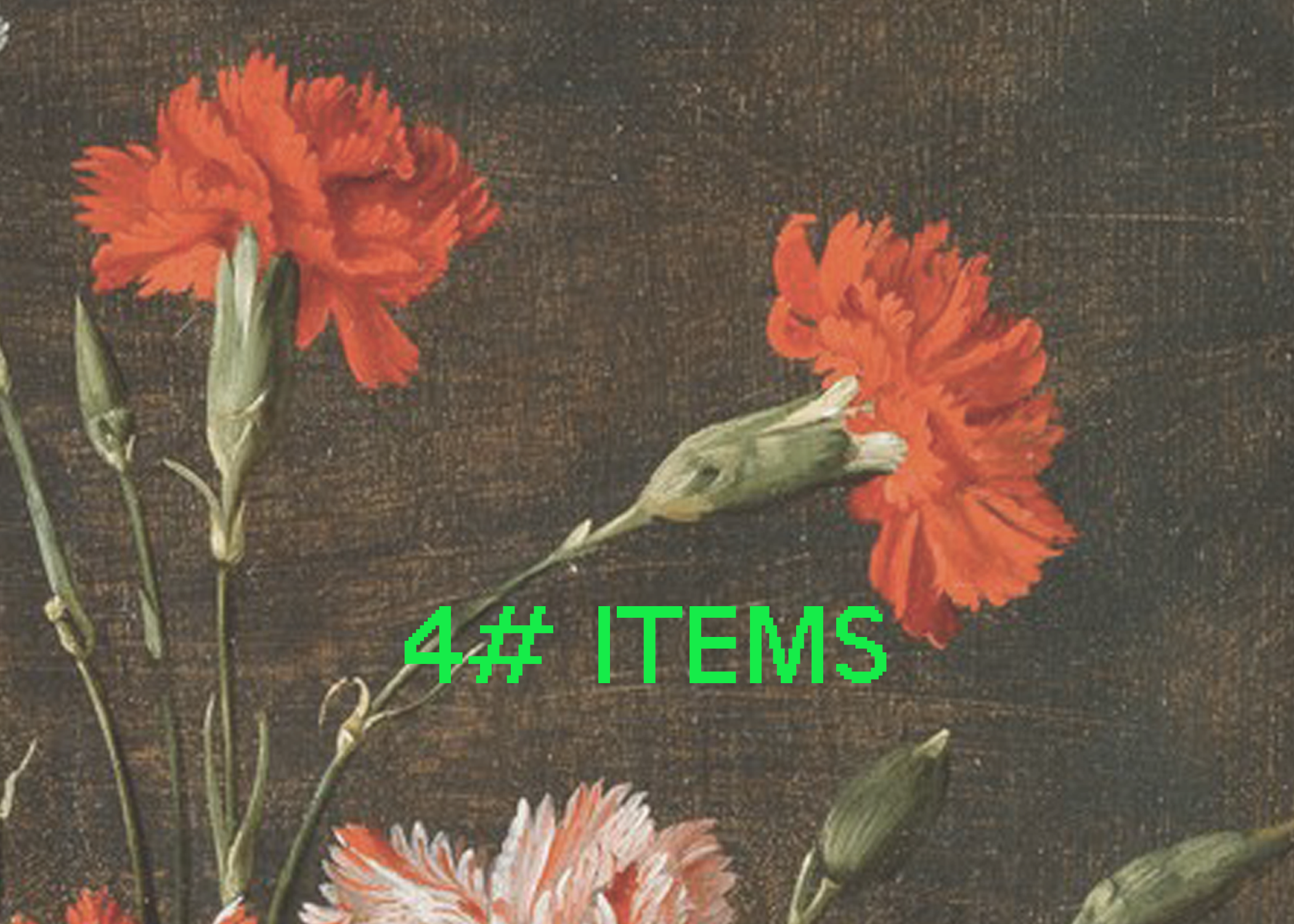
Punk, anarquista, músico, historietista, faneditor y artista gráfico, Héctor nos comparte un fragmento de su universo personal a través de unas fascinantes recomendaciones en esta nueva entrega de Pequeña Antimateria.
Punk, anarchist, musician, comic artist, fan editor, and graphic artist, Héctor shares a glimpse of his personal universe through some fascinating recommendations in this new installment of Pequeña Antimateria.

Héctor nace y renace en Madrid pues, aunque de origen capitalino, su familia emigra a Toledo por trabajo. Allí pasa infancia y juventud hasta que, congestionado de castellanidad, regresa a la Villa, corte y foso.
Atraído por la liberación espiritual que ofrece el arte subterráneo, Héctor canaliza sus impulsos, obsesiones e inquietudes en infinidad de proyectos gráficos y musicales de los que todavía sigue perdiendo dinero y ensanchando el corazón, naturalmente.
++++++++
Héctor is born and reborn in Madrid, for although he hails from the capital, his family moved to Toledo for work. He spent his childhood and youth there until, congested with Castilian-ness, he returned to the Villa, the court, and the pit.
Drawn to the spiritual liberation offered by underground art, Héctor channels his impulses, obsessions, and curiosities into countless graphic and musical projects—ventures that continue to cost him money, and expand his heart, naturally.
https://www.instagram.com/hezdemono/
GRUPOS
RADIO
Atraído por la liberación espiritual que ofrece el arte subterráneo, Héctor canaliza sus impulsos, obsesiones e inquietudes en infinidad de proyectos gráficos y musicales de los que todavía sigue perdiendo dinero y ensanchando el corazón, naturalmente.
++++++++
Héctor is born and reborn in Madrid, for although he hails from the capital, his family moved to Toledo for work. He spent his childhood and youth there until, congested with Castilian-ness, he returned to the Villa, the court, and the pit.
Drawn to the spiritual liberation offered by underground art, Héctor channels his impulses, obsessions, and curiosities into countless graphic and musical projects—ventures that continue to cost him money, and expand his heart, naturally.
https://www.instagram.com/hezdemono/
GRUPOS
¡Miau!: https://miaumiaumiau.bandcamp.com/album/miau-lp
Escarlata: https://escarlatamadrid.bandcamp.com/album/rojo
Portadores del Tinga Tinga: https://portadoresdeltingatinga.bandcamp.com/
Nueva Autoridad Democrática: https://nuevaautoridaddemocratica.bandcamp.com/album/mini-lp-45rpm
La Fe: https://la-fe.bandcamp.com/
Megaherzios: https://megaherzios.bandcamp.com/album/las-primeras-canciones-de-megaherzios
Escarlata: https://escarlatamadrid.bandcamp.com/album/rojo
Portadores del Tinga Tinga: https://portadoresdeltingatinga.bandcamp.com/
Nueva Autoridad Democrática: https://nuevaautoridaddemocratica.bandcamp.com/album/mini-lp-45rpm
La Fe: https://la-fe.bandcamp.com/
Megaherzios: https://megaherzios.bandcamp.com/album/las-primeras-canciones-de-megaherzios
RADIO
La Historia del Mundo: https://www.ivoox.com/podcast-historia-del-mundo_sq_f11544455_1.htm
La Taberna Fantástica: https://radiorelativa.eu/resident/la-taberna-fantastica
La Taberna Fantástica: https://radiorelativa.eu/resident/la-taberna-fantastica


ITEM #1 Monique Morelli cantando las canciones de Marc Orlan
Pierre Mac Orlan fue un escritor y aventurero francés de entre guerras, conocido por reflejar los sórdidos bajos ambientes por los que deambuló. Escribió algunas novelas de aventuras, sobre piratas y traficantes, y alguna que otra novelilla guarra, muy propia de los años
20´s, que no me entusiasmaron demasiado, salvo "El muelle de las brumas" y "La bandera", que me parecen realmente brillantes; por cierto, ambas llevadas al cine y protagonizadas por Jean Gabin, poca broma. Investigando sobre él, descubrí que también había escrito algunas canciones y que estas fueron grabadas durante los 60´s por Monique Morelli, actriz y cantante de la chanson francesa. Al escucharlas inmediatamente quedé conmocionado. Aquella voz fuerte, con carácter y enjundia, que vibraba fieramente sobre las líneas de un lejano acordeón me transportaron al instante al fondo de una taberna lóbrega y ahumada. Marineros, desertores, prostitutas, delincuentes y demás ralea lloran sus penas, ríen sus gracias y sanan, como pueden, sus corazones rotos entonando las bellas y tristes canciones que Monique Morelli canta.
https://youtu.be/GfbE3tpxYYk?si=uX8BNOlv8brfK0OK
+++++++++
Pierre Mac Orlan was a French writer and adventurer from the interwar period, known for portraying the sordid underworlds he wandered through. He wrote a number of adventure novels about pirates and smugglers, as well as a few risqué novellas (very much in the spirit of the 1920s) which didn’t particularly thrill me, except for "Port of Shadows"(Le Quai des brumes) and "The Flag" (La Bandera), which I find truly brilliant. Incidentally, both were adapted into films starring Jean Gabin—no small matter.
While researching him, I discovered that he had also written some songs, which were recorded in the 1960s by Monique Morelli, a French actress and chanson singer. As soon as I heard them, I was stunned. That strong voice, full of character and depth, vibrating fiercely over the lines of a distant accordion, instantly transported me to the depths of a dark, smoky tavern. Sailors, deserters, prostitutes, criminals, and other outcasts weep their sorrows, laugh at their misfortunes, and heal their broken hearts however they can, by singing the beautiful and sorrowful songs that Monique Morelli brings to life.

Item #2 Las maravillosas portadas de Mauricio Amster
Con el advenimiento de la 2º República Española florecieron algunas editoriales de las que me declaro entusiasta enfebrecido. Editoriales como Cenit, Ulises, Nosotros o Zeus publicaron por primera vez en lengua castellana autores que en ese momento golpeaban el mundo literario, desde Estados Unidos a la URSS, como Dos Passos, Ernst Johannsen, Sherwood Anderson, Romain Rolland o el mismo Ramón J. Sender. Estas casas no solo apostaban por un rejuvenecimiento en la literatura, sino en el diseño de sus colecciones por los que apostaron por jóvenes artistas que hicieron unas portadas absolutamente preciosas. Solo con verlas dan ganas de tener el libro. Uno de ellos fue el ucraniano Mauricio Amster, quien entendía a la perfección que el primer contacto del lector con el libro es la portada, y el contacto debía ser tan impactante como atractivo. Mauricio nos legó cientos de bellísimos diseños que hoy se pueden consultar en una web dedicada a su archivo personal ubicado en Chile, pues allí acabó exiliado al terminar la Guerra Civil continuando su labor como ilustrador.
+++++++
With the advent of the Second Spanish Republic, several publishing houses blossomed—ones for which I declare myself a feverish enthusiast. Publishers such as Cenit, Ulises, Nosotros, and Zeus introduced for the first time in Spanish authors who were shaking the literary world at the time, from the United States to the USSR: names like Dos Passos, Ernst Johannsen, Sherwood Anderson, Romain Rolland, and Ramón J. Sender himself. These publishing houses weren’t just committed to rejuvenating literature; they also revolutionized the design of their collections, placing their bets on young artists who created absolutely stunning book covers. Just seeing them makes you want to own the book. One of those artists was the Ukrainian Mauricio Amster, who understood perfectly that a reader’s first contact with a book is the cover—and that contact had to be as striking as it was compelling.
Mauricio left us with hundreds of beautiful designs, which can now be viewed on a website dedicated to his personal archive, located in Chile, where he went into exile after the end of the Spanish Civil War and continued his work as an illustrator.

ITEM #3 Las alucinantes cuencas de Roberto Parra
| No sé bien cómo llegué a Roberto Parra, uno de los hermanos de Violeta Parra, pero desde que le conocí recurro a él constantemente. Nacido dentro de una familia pobre, de niño fue entregado a una ciega a modo de lazarillo para comenzar a ganarse la vida tocando la guitarra en los mercados de Santiago de Chile. Roberto creció y acabó tocando en los lupanares de Valparaíso, donde conoció a "La Negra Ester", por la que escribiría sus famosas décimas autobiográficasque hoy son leyenda en Chile; es más, justo este año 2025 se ha estrenado "Me rompiste el corazón", una película sobre esta historia. Además de tocar su famoso "jazz huachaca" (de mala clase, que bebe demasiado), Roberto compuso sus "cuecas choras": canciones folclóricas de estructura fija, cantando en lunfardo (jerga delincuencial de Argentina y Chile) historias brutales de la miseria de los barrios chinos con un humor mordaz y salvaje. Contrabandistas, miserables, peleas a navajazos, redadas de la policía, prostitutas preñadas... Una verdadera maravilla. https://youtu.be/TU5UHkVNyN8?si=MDI-QAux9r0E1B1a ++++++++ I’m not quite sure how I came across Roberto Parra, one of Violeta Parra’s brothers, but ever since I discovered him, I keep going back to his work. Born into a poor family, as a child he was handed over to a blind woman to serve as her guide, and that’s how he began making a living—playing guitar in the markets of Santiago de Chile. Roberto grew up and eventually played in the brothels of Valparaíso, where he met "La Negra Ester", for whom he would write his now-legendary autobiographical décimas—poems that are today considered cultural icons in Chile. In fact, just this year, in 2025, a film based on that story was released: Me rompiste el corazón. In addition to performing his famous "jazz huachaca" (a rough, low-class style of jazz that drinks too much), Roberto also composed his "cuecas choras": traditional folk songs with a fixed structure, sung in lunfardo (the criminal slang of Argentina and Chile), telling raw and brutal stories of misery from the barrio chino underworlds, delivered with biting, wild humor. Smugglers, outcasts, knife fights, police raids, pregnant sex workers... An absolute marvel. |

ITEM #4 Los encantadores cuentos de Carmen Santonja
Mi adorada, idolatrada, admirada y venerada Carmen Santonja no solo participó en Vainica Doble, uno de los mejores grupos del cosmos, sino que hizo gala de su creatividad en varios cuentos infantiles, tan irónicos y punzantes como sus canciones. Pequeñas historietas naíf que esconden lo turbulento, lo terrorífico, lo absurdo, la magnanimidad de lo insignificante y viceversa que muestra en las letras de sus canciones. Quien lea estas líneas y sea fan de las letras de Vainica Doble, le recomiendo encarecidamente la lectura de sus cuentecitos.
++++++++
My beloved, idolized, admired, and revered Carmen Santonja not only took part in Vainica Doble, one of the greatest bands in the cosmos, but also showcased her creativity in several children’s tales—as ironic and sharp as her songs. These are small, naïve tales that conceal turbulence, terror, absurdity, the grandeur of the insignificant—and vice versa—just as she does in her lyrics. To anyone reading this who’s a fan of Vainica Doble’s songwriting, I strongly recommend diving into her little stories.
